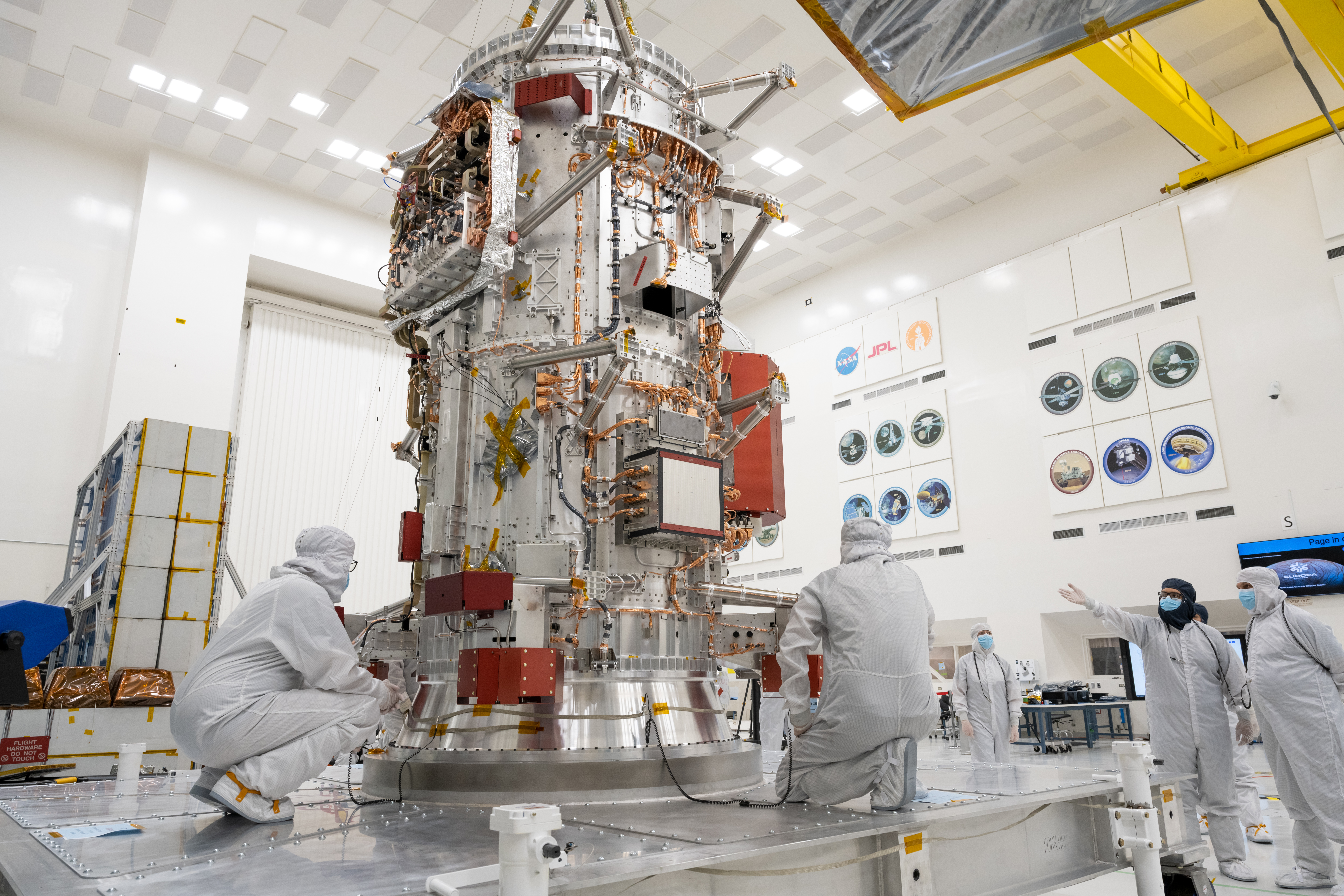Europa Clipper is a planned space mission to Europa, a moon of Jupiter. The mission’s main goal is to find out whether Europa has conditions that could support life. The National Aeronautics and Space Administration (NASA) expects to launch Europa Clipper in late 2024. 
Europa has many interesting features, but the moon is best known for its underground ocean. Europa’s ocean is made of water. Scientists think liquid water is one of the “ingredients” necessary for life to develop. Other important ingredients include certain chemicals and a source of energy. Scientists hope Europa Clipper will collect direct proof of Europa’s ocean, as well as determine its size and depth.
Europa Clipper is the first spacecraft dedicated specifically to studying Europa. Other spacecraft have studied Europa in the past. Probes such as Galileo and Juno have photographed Europa and indirectly detected its ocean. However, these spacecraft were mainly designed to study Jupiter or another target.
The spacecraft is equipped with instruments specially designed to map Europa’s surface and probe its interior. It carries powerful cameras to photograph Europa in visible light and infrared. Its radar equipment can detect features below the surface of Europa’s icy crust, such as lakes. The spacecraft’s spectrometers can determine the composition (chemical makeup) of minerals on the surface and gases in the atmosphere. Its magnetometer can measure how Europa is affected by Jupiter’s magnetic field. A magnetic field is the area around a magnetic object in which its influence can be measured.
Europa Clipper is expected to arrive at Jupiter in 2030. A European Space Agency spacecraft, Jupiter Icy Moons Explorer (JUICE), is scheduled to make close flybys of Europa in 2032. The two spacecraft carry some similar instruments and some different ones. Scientists expect to combine data from JUICE and Europa Clipper for a more complete analysis of Europa’s characteristics.
